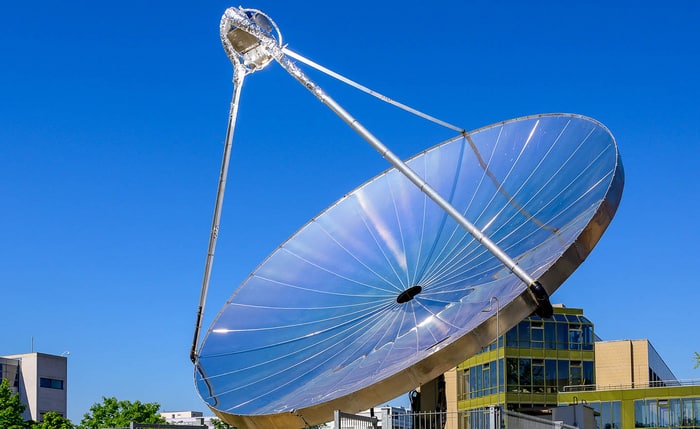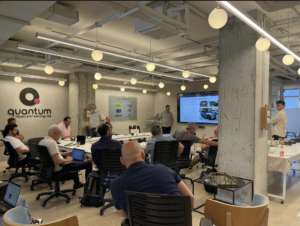Introduction:
Researchers at the École polytechnique fédérale de Lausanne (EPFL) in Switzerland have achieved a significant breakthrough in solar energy technology with the development of a concentrated solar reactor. This innovative system produces “green” hydrogen at an efficiency rate exceeding 20%, setting new records in hydrogen production. With its potential for large-scale implementation, the concentrated solar reactor holds immense promise for revolutionizing renewable energy solutions.
The Concentrated Solar Reactor: A Remarkable Breakthrough
EPFL researchers have successfully created a concentrated solar reactor capable of generating unprecedented amounts of hydrogen. This groundbreaking system operates with an efficiency above 20% and produces more than 2 kilowatts of hydrogen, usable heat, and oxygen. Its performance under real sunlight conditions highlights its potential for practical application.
Operating Principle of the Solar Reactor
The concentrated solar reactor system consists of a seven-meter diameter parabolic dish that collects and concentrates sunlight over an area of 38.5 square meters. The concentrated sunlight is then directed onto a reactor comprising photovoltaic and electrolysis components. The photovoltaic material converts sunlight into electron-hole pairs, which are separated and transported to the integrated electrolysis system. Here, water is split into oxygen and hydrogen using the energy provided by the concentrated sunlight.
Unprecedented Efficiency and Production Rate
The EPFL system achieves remarkable efficiency and production rates, surpassing previous devices. With a hydrogen production rate of approximately 0.5 kg per day, this large-scale solar reactor demonstrates its potential for commercialization. Additionally, it generates usable heat at a temperature of 70°C, further enhancing its practicality.
Versatile Applications and Future Prospects
The versatility of the concentrated solar reactor makes it highly attractive for a range of applications. It holds the potential to revolutionize industries such as metal processing, fertilizer manufacturing, and oxygen supply for hospitals. Furthermore, the produced hydrogen can be used for fuel cells in electric vehicles, while the heat can be utilized for residential water heating. The ability to store hydrogen for conversion into electricity also adds to its appeal.
Conclusion:
The concentrated solar reactor developed by EPFL represents a significant breakthrough in renewable energy technology. With its unprecedented hydrogen production, remarkable efficiency, and versatile applications, it offers promising solutions for a greener and more sustainable future. As research continues and commercialization efforts advance, we are moving closer to widespread adoption of this revolutionary technology, driving the transition to cleaner energy sources and reducing our carbon footprint.




